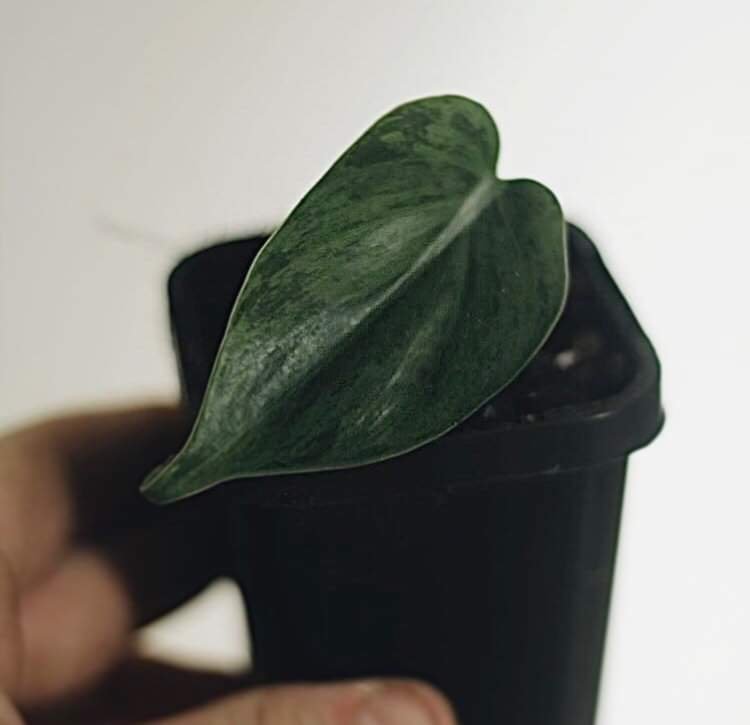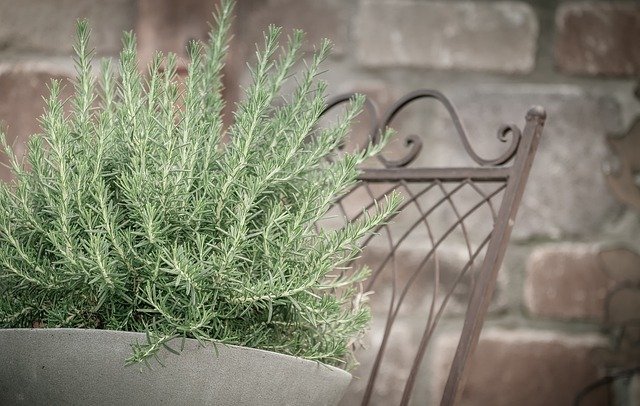The variegated heart leaf philodendron is a unique and stunning houseplant that originates from the tropical regions of Central and South America. This plant has beautiful variegated leaves that make it stand out from other plants in your home. In this article, we will discuss the care and growing of the variegated heart leaf philodendron in a container or pot. We will also discuss the ideal living conditions for this plant.

The variegated heart leaf philodendron is a tropical plant that originates from Central and South America. This plant is often found in the rainforest regions of these countries. The variegated leaves of this plant make it a beautiful addition to any home.
The species of philodendron was first discovered in the wild in 1644 by Georg Marcgraf. This plant was later introduced to Europe and North America in the late 1800s. The variegated leaves of this plant are the result of a genetic mutation that causes the leaves to have different colors.
Table of Contents
How to care for variegated heart leaf philodendron.
The care and growing of the variegated heart leaf philodendron are similar to the care and growing of other philodendrons. This plant prefers to grow in shady, humid conditions. The soil should be well-draining and rich in organic matter. This plant can be grown in a container or pot.
When growing the variegated philodendron in a pot, it is important to choose a pot that is large enough to accommodate the roots of the plant. The pot should also have drainage holes to allow excess water to drain from the pot. It is also important to provide adequate humidity for this plant. A pebble tray or humidifier can be used to create a more humid environment for the plant.
How often you should water variegated philodendron.
The heartleaf philodendron should be watered on a weekly basis. Allow the top inch of soil to dry out before watering again. This plant prefers to be kept on the drier side, so it is important not to overwater this plant.

In the summer months, the watering need may increase due to the warmer temperatures and increased humidity. If the leaves of this plant begin to droop, it is a sign that the plant is thirsty and needs to be watered.
During the winter, however, the watering needs of this plant will decrease. This is due to the cooler temperatures and lower humidity levels. Allow the top two inches of soil to dry out before watering again.
Fertilizing variegated heart leaf philodendron.
Fertilizer is not necessary for the variegated heart leaf philodendron. If you choose to fertilize this plant, use a fertilizer that is high in nitrogen. Nitrogen is an essential nutrient for plants. It helps to promote growth and green leaves. The variegated heart leaf philodendron is a fast-growing plant and will benefit from a nitrogen-rich fertilizer.
These plants should be fertilized every two to three months during the growing season. The best time to fertilize this plant is in the spring and summer. Do not fertilize this plant during the winter months.
Pruning variegated heart leaf philodendron.
Pruning is not necessary for the variegated heart leaf philodendron. However, if you choose to prune this plant, do so in the spring. Pruning will help to encourage new growth and keep the plant compact.
To prune the variegated heartleaf, cut back the stems to just above a node. A node is a point on the stem where leaves or branches grow. Pruning the plant will encourage new growth from the nodes.
Propagating variegated heart leaf philodendron.
The variegated heartleaf can be propagated by stem cuttings. To propagate this plant, take a stem cutting that is about four inches long. The stem cutting should have at least two nodes.
Remove the bottom leaves from the stem cutting and dip the end of the cutting in rooting hormone. Plant the stem cutting in a pot of well-draining soil. Water the soil and place the pot in a warm, humid location. Keep the soil moist but not wet. The stem cutting should root within four to six weeks.
Once the stem cutting has rooted, it can be transplanted into a pot of its own. water the soil and place the pot in a warm, humid location. Keep the soil moist but not wet. The plant will continue to grow and produce new leaves.
Repotting variegated heart leaf philodendron.
The variegated heart leaf philodendron should be repotted every two to three years. When repotting this plant, choose a pot that is one size larger than the current pot. Repotting will help to refresh the soil and give the roots of the plant room to grow.

To repot the variegated heart leaf philodendron, remove the plant from its current pot. Carefully loosen the roots and place the plant in a new pot. Fill the pot with fresh, well-draining soil. Water the soil and place the pot in a warm, humid location. Keep the soil moist but not wet. The plant will adjust to its new pot and continue to grow.
Ideal living conditions for variegated heartleaf.
The variegated heart leaf philodendron is a unique and stunning houseplant. This plant is native to Brazil and has variegated leaves. The variegated leaves are caused by a mutation in the chlorophyll genes of the plant. This mutation causes the leaves to have less chlorophyll, which results in variegated leaves.
The variegated heart leaf philodendron is a fast-growing plant and can reach up to six feet in height.
The ideal living conditions for the variegated heart leaf philodendron are warm temperatures, high humidity, and well-draining soil. This plant does best in bright, indirect light.
If you want to put the plants in a shady area, try to get them at least six hours of indirect light per day. The variegated heartleaf can tolerate low light, but it will not grow as fast. Another option is to grow them under fluorescent lights.
Fluorescent light is artificial light that is similar to sunlight. The variegated heart leaf philodendron can be grown under fluorescent lights for 12 hours per day.
The ideal temperature for the variegated heartleaf is between 70 and 85 degrees Fahrenheit. This plant does not tolerate cold temperatures. If the temperature drops below 60 degrees Fahrenheit, the leaves of the plant will start to turn brown and drop off.
The variegated heart leaf philodendron likes high humidity. This plant can tolerate dry air, but it will not thrive. If the air is too dry, the leaves of the plant will start to turn brown and drop off. To increase the humidity around the plant, you can use a humidifier or place the pot on a pebble tray.
A pebble tray is a tray filled with rocks and water. The water will evaporate and increase the humidity around the plant.
The variegated heart leaf philodendron likes well-draining soil. This plant cannot tolerate soggy soil. If the soil is too wet, the roots of the plant will start to rot. To prevent this, choose a pot with drainage holes and use a well-draining potting mix.
In conclusion.
The variegated heart leaf philodendron is a beautiful and unique houseplant. This plant is easy to care for and can tolerate low light. The variegated leaves of this plant are stunning and will add a touch of beauty to any room. If you are looking for a fast-growing, easy-to-care-for plant, the variegated heart leaf philodendron is the perfect plant for you.
These plants are also known for their benefits in helping to reduce stress and anxiety, improve sleep quality, and purify the air. So not only is this plant beautiful, but it can also help you to relax and feel better.

Gardening is my passion and growing plants indoors has always been a stress relief for me. Grow a banana tree in my apartment once (although failed to produce bananas).






